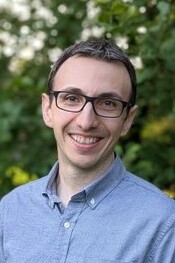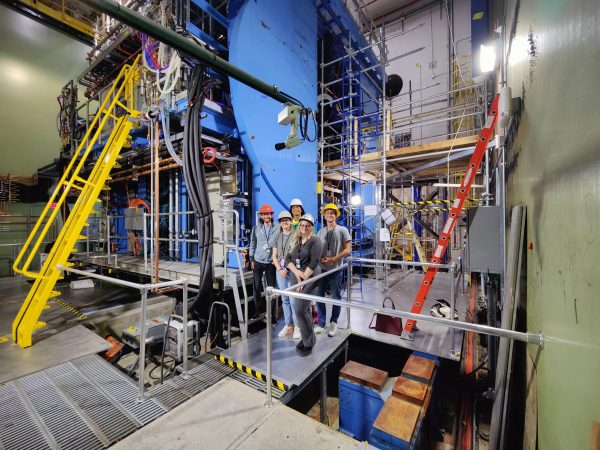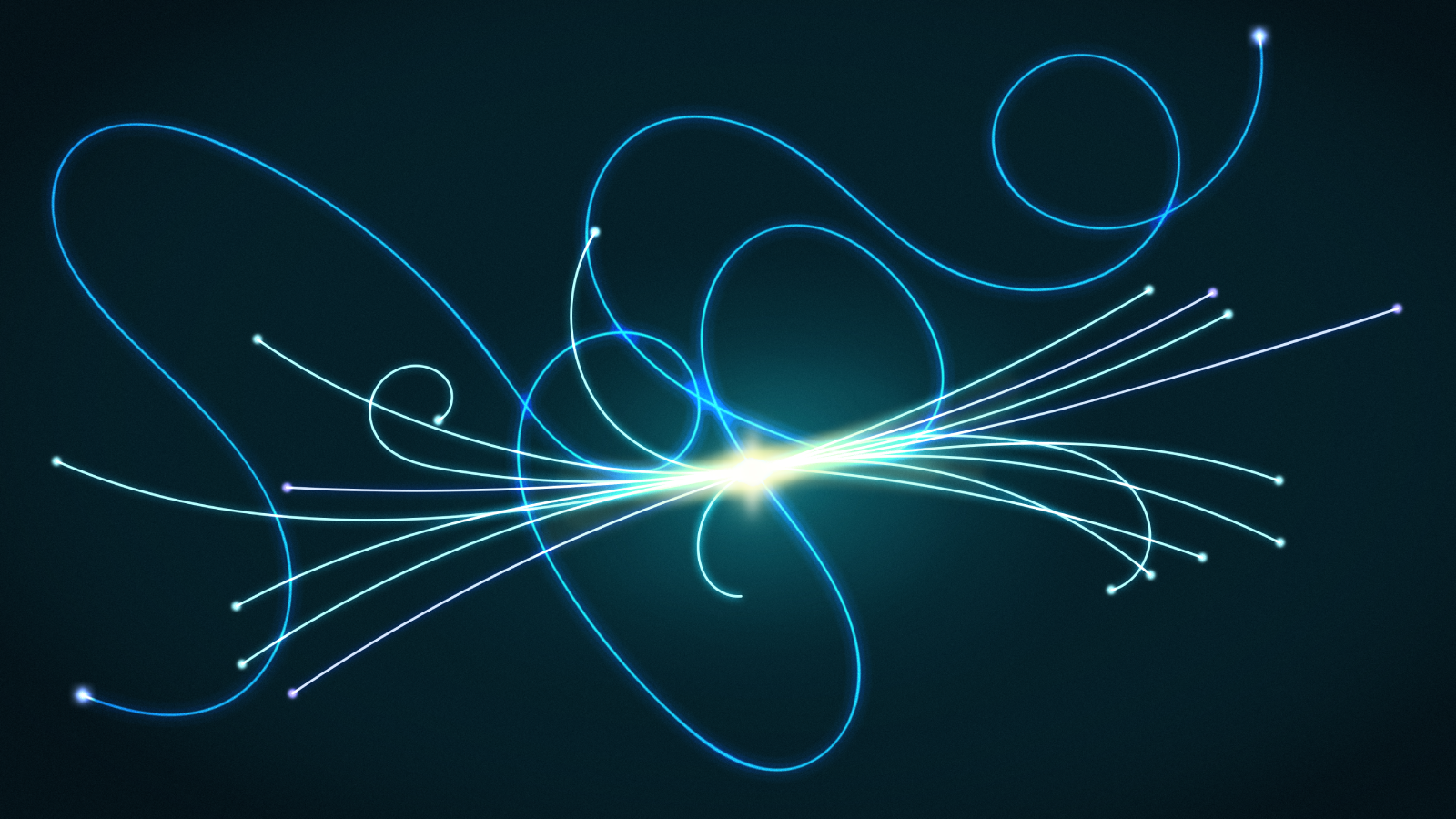and , both assistant professors in the department of physics and astronomy, are among 93 scientists selected from across the nation to receive significant funding for research as part of the .


Kunnawalkam Elayavalli (Submitted photo)
The awards aim to bolster the nationвҖҷs scientific workforce by supporting exceptional researchers at the outset of their careersвҖ”when many scientists do their most formative work. Winners represent 48 universities and 12 national labs in 27 states.
Kunnawalkam ElayavalliвҖҷs and PaquetвҖҷs projects will use complementary techniques to study the properties of quarks and gluonsвҖ”the smaller constituents of protons and neutrons that form atomic nuclei. By colliding nuclei at velocities near the speed of light, a plasma of quarks and gluons can be produced with a temperature so high that it recreates the conditions that existed a few microseconds after the Big Bang. Each project will receive $875,000 over five years.
вҖңThese highly competitive early career awards from the U.S. Department of EnergyвҖҷs Office of Science reflect the exceptional talent of our distinguished В鶹ҙ«ГҪ faculty and underscore the transformative power of their research in shaping our understanding of our cosmos,вҖқ said C. Cybele Raver, provost and vice chancellor for academic affairs. вҖңI offer my heartiestВ congratulationsВ to Drs. Kunnawalkam Elayavalli and Paquet and the іЩұрІ№іҫ.вҖқ
Kunnawalkam ElayavalliвҖҷs project is вҖңMapping the space-time evolution of the quark-gluon plasma at Relativistic Heavy Ion Collider.вҖқ PaquetвҖҷs project is вҖңMultimessenger tomography of ultrarelativistic nuclear collisions.вҖқ
Quarks and gluons are fundamental building blocks of the observable universe, Kunnawalkam Elayavalli said. Colliding them produces particles that can be observed with state-of-the-art particle detectors.
вҖңOne of the biggest unsolved mysteries in nature is in quantifying the mechanism by which quarks and gluons metamorphosize into stable particles that make up what we see all around us,вҖқ said Kunnawalkam Elayavalli, who also is an assistant professor of astronomy. вҖңThe results of our project will enable us to extract the dynamics of quarks and gluons for the first time in high-energy nuclear physics.вҖқ

Through this grant, they will be among the earliest researchers to leverage data captured by the , a 1,000-ton 3D digital camera that just started taking data this year.
The early-career grant is an affirmation of Kunnawalkam Elayavalli’s research hopes, interests and goals, they added, and the DOEвҖҷs support provides вҖңan awesome opportunity for students and postdocs from my group to express their creativity and scientific rigor.вҖқ
PaquetвҖҷs project investigates how plasma transitions from liquid to gas phases, and the Relativistic Heavy Ion Collider can measure the light produced by quark-gluon plasma in nuclear collisions.
вҖңThe lightвҖҷs energy spectrum and its direction of emission provide a unique window into the properties of the hottest regions of the plasma,вҖқ Paquet said. вҖңStudying how the viscosity of the quark-gluon plasma changes with temperature will offer valuable insights into the plasmaвҖҷs transition from a liquid to a gas phase.вҖқ
He called the early-career award a great honor that is invaluable to his research, making it possible вҖңto investigate the hottest and densest phase of nuclear matter ever produced in the laboratory.вҖқ
вҖңStudying collisions of nuclei provides an opportunity to explore so many cutting-edge areas of physics and mathematicsвҖ”from the fusion of relativity and fluid dynamics to non-equilibrium statistical physics to machine learning,вҖқ Paquet said. вҖңI am grateful to the Department of Energy and its Office of Science for their support.вҖқ
Such awards afford scientists the freedom to find the answers to scienceвҖҷs most complex questions as they establish themselves as experts in their fields, U.S. Secretary of Energy Jennifer M. Granholm:
вҖңSupporting AmericaвҖҷs scientists and researchers early in their careers will ensure the U.S. remains at the forefront of scientific discovery and develops the solutions to our most pressing challenges.вҖқ
